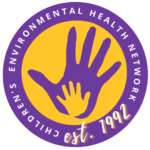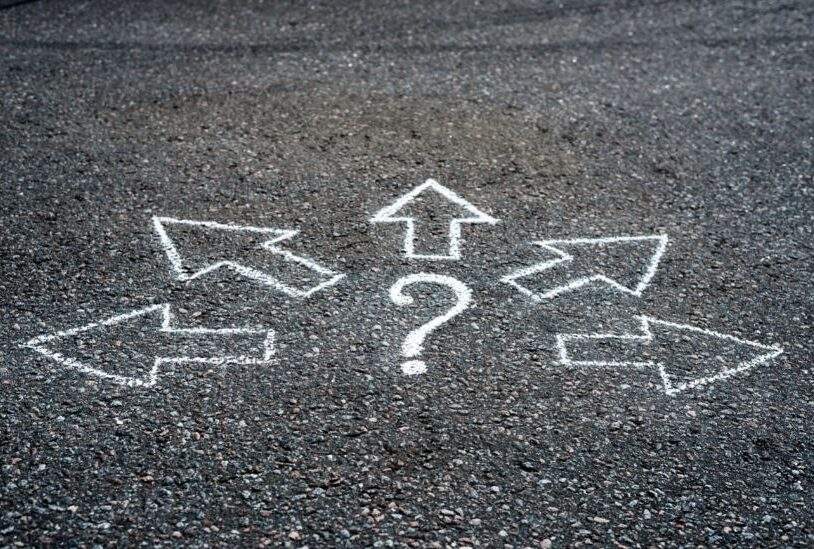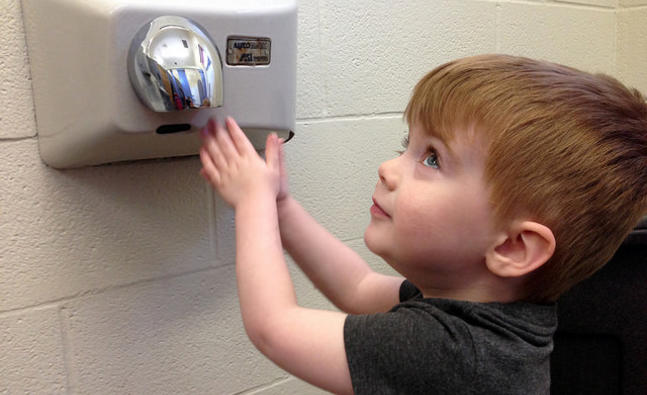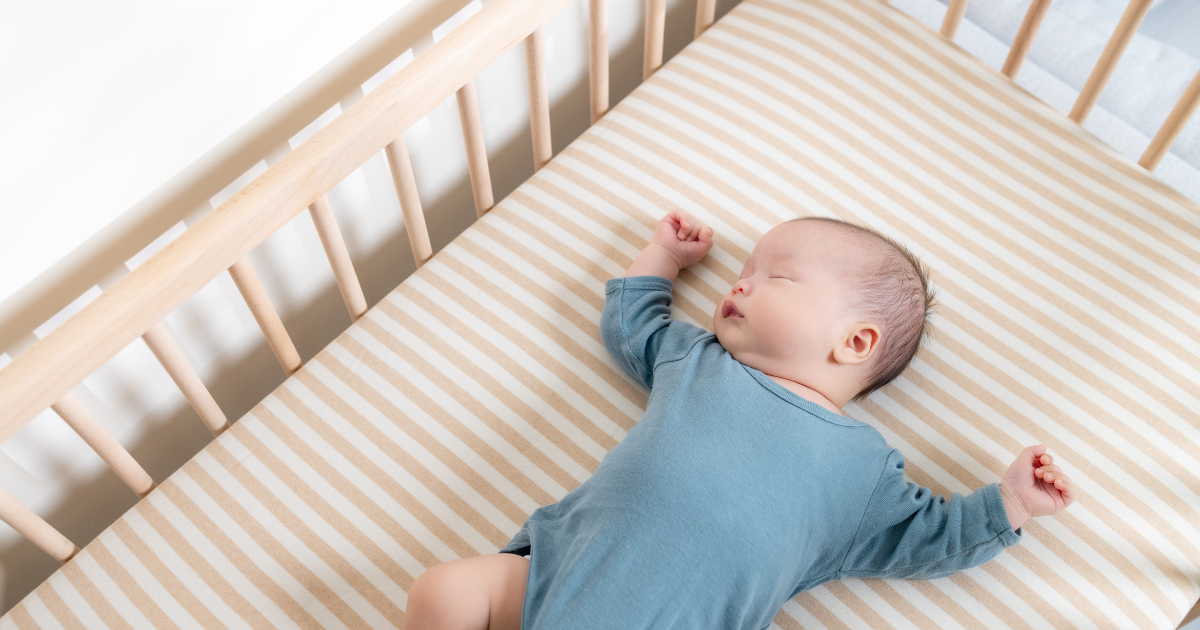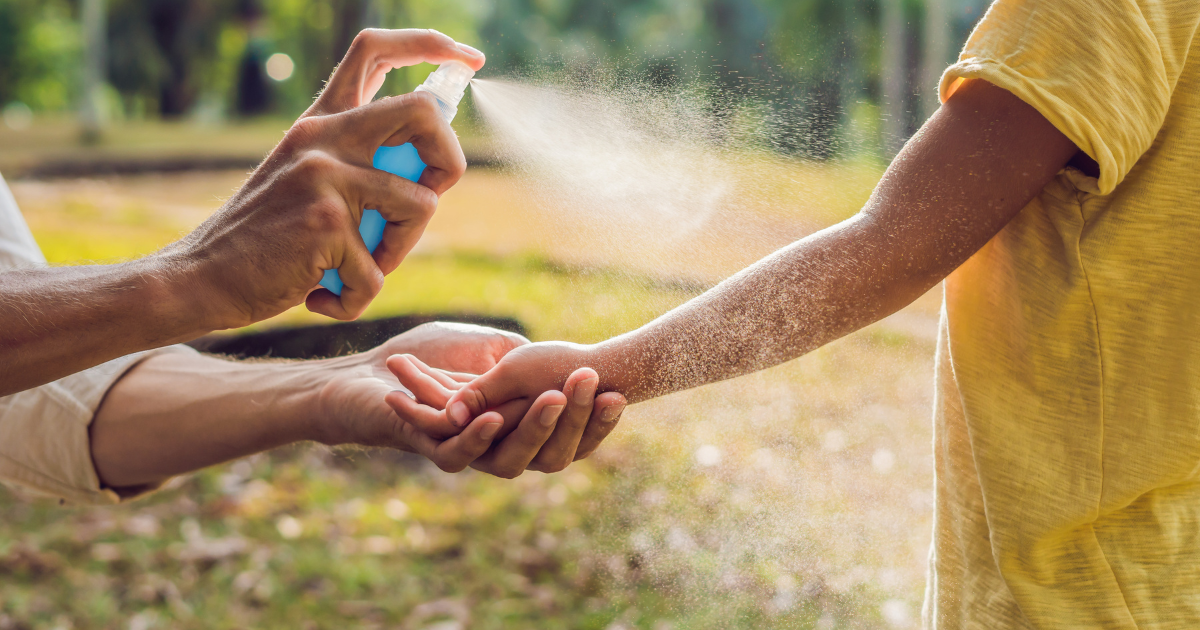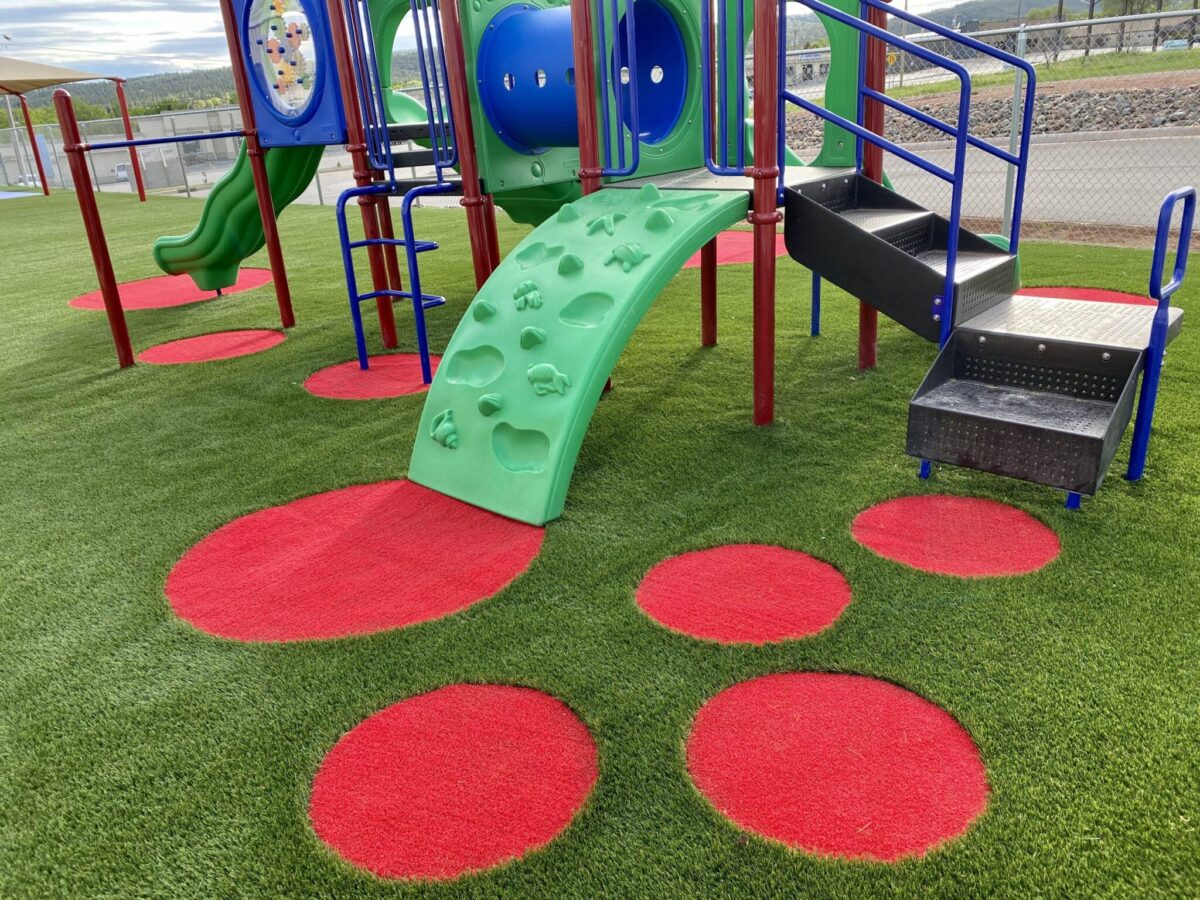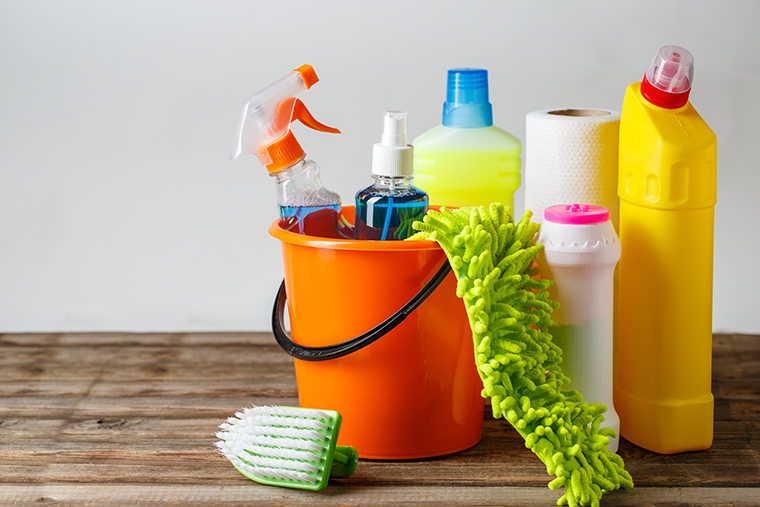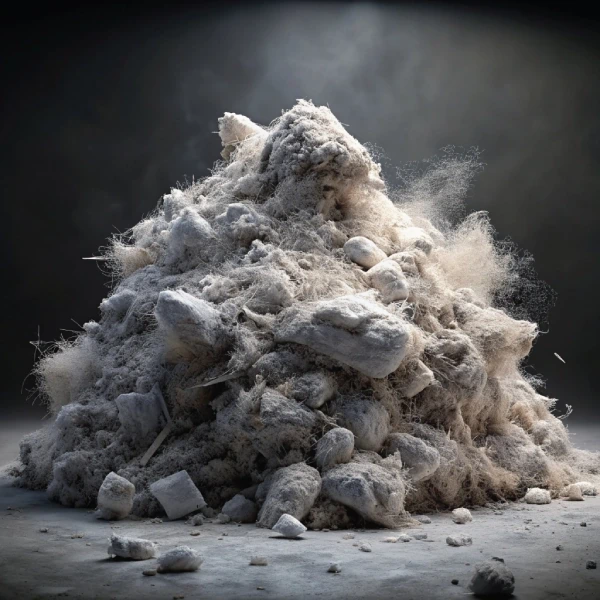Ubicación segura de las instalaciones de cuidado infantil
Eco-Healthy Child Care promueve el cuidado infantil seguro y ecológico al reducir las exposiciones tóxicas. La ubicación segura ayuda a evitar peligros como el plomo, los VOCs y los pesticidas–Eco-Healthy Child Care promotes safe, green child care by reducing toxic exposures. Safe siting helps avoid hazards like lead, VOCs, and pesticides.

